The Water! Like the air that fills your lungs, water helps Goldfish obtain oxygen in their fish tank. If you don’t get good water quality, it can cause goldfish problems. If water has toxic chemicals, it is tough for fish to survive. Can we live if our breaths burn our lungs? It can be a problem if you put goldfish in tap water but don’t treat it before goldfish is deposited in the Goldfish tank water. let’s started for Can goldfish live in tap water..
Untreated vs treated tap water
Can a person get a goldfish, fill the aquarium with untreated tap water, then take the pet to the Goldfish tank. That’s not a good decision; unless you have conditioned the water with a regular aquarium water conditioner before introducing the fish. Even where tap water is thought safe for drinking, it is unsuitable for aquatic species, such as goldfish and other fish. Can goldfish thrive in tap water? Goldfish cannot survive in untreated tap water. Untreated tap water is usually high in chlorine, killing a fish or destroying the bacteria in your filtering system.
The best water for your aquarium
A house aquarium provides hours of pleasure and relaxation — and health advantages. Studies show that spending 10 minutes with fish on the fish tank leads to reduced heart rate and blood pressure. To create a healthy environment in the fish habitat, you must keep the water in the best quality. This guide will help you determine what water a Goldfish tank needs.
What is best water for goldfish tanks/bowls (Tap, Distilled or Well Water)?
It is important to ensure that your goldfish is in the optimum water possible – preferably a shady place! The fish of the tank or pond need just the same fresh clean water that those living in rivers. How damaging is distilled water for goldfish? Please follow this guide for finding the most perfect water conditions for Goldfish.
What kind of water do goldfish need?
Maintaining goldfish is very easy. Should I add salt to the water? Is the available water distilled, from the tap or well water? Goldfish need clean water and standard parameters.
Have you forgotten the water conditioner? Make untreated tap water safe for goldfish
Even if your goldfish has acted strangely in the water, you can permanently save it in time. Get ready, immediately treat the aquarium using water conditioners based on the directions on the back of the package. If chlorine is present within your water supply, your aquarium may have already destroyed; many beneficial bacterial that have been filtrating your water. Bring a goldfish to a cycled aquarium and make sure the existing tank completes the nitrogen cycle again. Initially, this may cause gill damage. Add air stone to improve airflow.
Questions
How do fish survive in tap water? Goldfish shouldn’t get untreated tap water. When the fish has been exposed to chlorinated water, they begin to develop skin irritations. Even the most minuscule amounts can cause severe damage to the fish. It shows visible signs of distress when coming into contact with bad water. These fish should probably not be allowed to live beyond the next day on tap water. It won’t breathe right and may perish within time.
Can I use bottled water for my goldfish?
If you are using water from natural sources, there’s nothing wrong if you are using bottled water. Generally, bottled water is cared for maximum removal of pollutants and contaminants. Water mustn’t contain chlorine or any chemicals. Springwater is rich in the minerals needed for goldfish survival. Similarly, if you use huge tanks, buying this kind of water can become quite expensive. Measure pH levels in the bottles before use to ensure that they’re in an acceptable range.
How can you make tap water safe for fish?
Depending of the method, there are various ways of preventing contamination from entering through the tapwater of your property. Adding a water conditioner can be done quickly and easily and is most used by aquarium keepers. There are conditioners of different types and brands for all tastes and pockets.
Can goldfish live in distilled water?
Sometimes people ask about using distilled water in tanks to keep goldfish. Distilled water alone can be detrimental because it removes all minerals from it. The addition of minerals to your tank water should help your goldfish become able to survive. If you plan to use distilled water, it can work if you add the right minerals for your fish.

What’s the best water for goldfish?
As long as you condition your tap water before adding it to the tank, everything is going to work. I would strongly recommend looking for an excellent water conditioner; It’s easier and cheaper to obtain and is very efficient. The aquarium must be big enough when you keep goldfish in your tanks. They should have a capacity of 50 gallons or more. Please read more articles on this site!
Reverse Osmosis
Some people choose to utilize the reverse osmosis filter for removing water minerals. These work by pumping water through a permeable membrane, removing small particles and debris such as chlorine and heavier metals from the tap water. It is fascinating, but it removes everything from the water, like all the essential minerals that feed the animals and plants. However, it is possible that you can overcome it with remineralizing buffers.
Can goldfish live in well water?
In some regions, well water can make the best use of your tank. Sometimes, it is not recommended to use this kind of water because it is unknown how many bacteria or metals are contained. The risks exist. Even when you’ve heard of successful water use, knowing that a well is completely different from another is essential. Test your well water before using it.
Leave water out
Another option that some people select is to keep water in an open container. It takes an average of 24 hours for some compounds (such as chlorine) to volatilize from the water. However, chloramine and chlorate cannot be removed in this way. So basically, you’ll have to add some conditioner to your tap water.
Can goldfish live in tap water without filter?
Goldfish could easily be found in any water tank with no filter. In this case, you will need to do water changes very regularly to remove any dirt or debris and maintain the proper water quality. If you don’t install filters, it will likely cause a lot of health damage; always have a filter sponge in your tank. Never keep a tank without aquarium filter.
Can you use Bottled Water for your Goldfish?
Bottle water is available for the Goldfish tanks, but you should treat that water the same way tap water is treated. You can treat this water with a water conditioner before using it because it can contain some toxic chemicals to Goldfish.
What’s the best water conditioner for goldfish?
Most commercial water conditioning products will work perfectly for your tank.
Keep tap water safe for goldfish: The Healthy Water Treatment Program
Goldfish can feel the presence of unwanted compounds in your tap water immediately when you add it to the tank. Sometimes they may even try jumping straight out of water. If you use water with harmful chemicals and heavy metal content (and leave it untreated), your Goldfish may never survive. Never risk it. If you don’t know if the tap water is safe to fish, you must eliminate chlorine disinfectants or heavy metals in the water.
Can I use well water for goldfish?
Occasionally a person with good water in their home area might use mineral water to fill a fish tank with Goldfish. Well water also could contain heavy metals and other toxins that kill fish in minimal quantities. Well water also may have several fertilizers. When we use healthy water, it must be clean and fresh, without chemicals or chlorine.
How do you make tap water safe for Goldfish?
A serious problem when using tap water for fish tanks is that the water in most places will contain chloramine. Chlorine is the least difficult of the two compounds because it will soon evaporate into the air. Often, however, chloramines are used for drinking water purification. Chloramine is not volatile. It may be a good idea to purchase chlorine removal products.
How to condition water for your aquarium?
What water you use in an aquarium will require conditions so your fish can flourish there. When you maintain good aquarium water quality, it must contain the proper balance for the fish and the good bacteria to live happy and healthy. To prepare the water for the tank, you must test the water you use. If you want an improved pH level for water conditioning, you can use Baking Soda to increase the bicarbonate content.
Aquarium water sources
When you provide water to an aquarium, you have many options. In freshwater tanks, water can be accessed from different water sources. The saltwater tank needs a salt mixture. However, it’s essential that whatever you use your drinking water with requires a bit of treatment for your fish. Always test your water before putting fish in your tanks.
Municipal tap water
How can I quickly get the fish into the water by turning on a faucet? When drinking water from the municipal network, the water underwent physical and chemical treatments to clean and remove most bacteria. The water quality is still variable based on the area. Occasionally water is filled with minerals like iron, fluor, and magnesium. Some tap water contains ammonium and organic matter, irritating delicate aquatic animals. One of the problems with using public water for fish tanks is the high content of chlorine which is frequently used in public drinking water systems.
Rainwater
Using rainwater in aquariums is an easy way to conserve money. Rainwater has a relatively low minerals content, which makes its pH fluctuate. Also, you must test and treat rain waters to ensure that they do not cause damage to your fish. Rains are also susceptible to contaminators in the air. Raindrops can absorb pollutants as they drop. Water that falls on a rooftop before collection may also collect toxic things from the shingles.

![[2023] Can goldfish live in tap water? (Tap, Distilled, Or Well Water?) Can goldfish live in tap water](https://aquariumhunter.com/wp-content/uploads/2022/02/ryukin-goldfish-in-tank_Moo-teaforthree-Shutterstock.jpg)

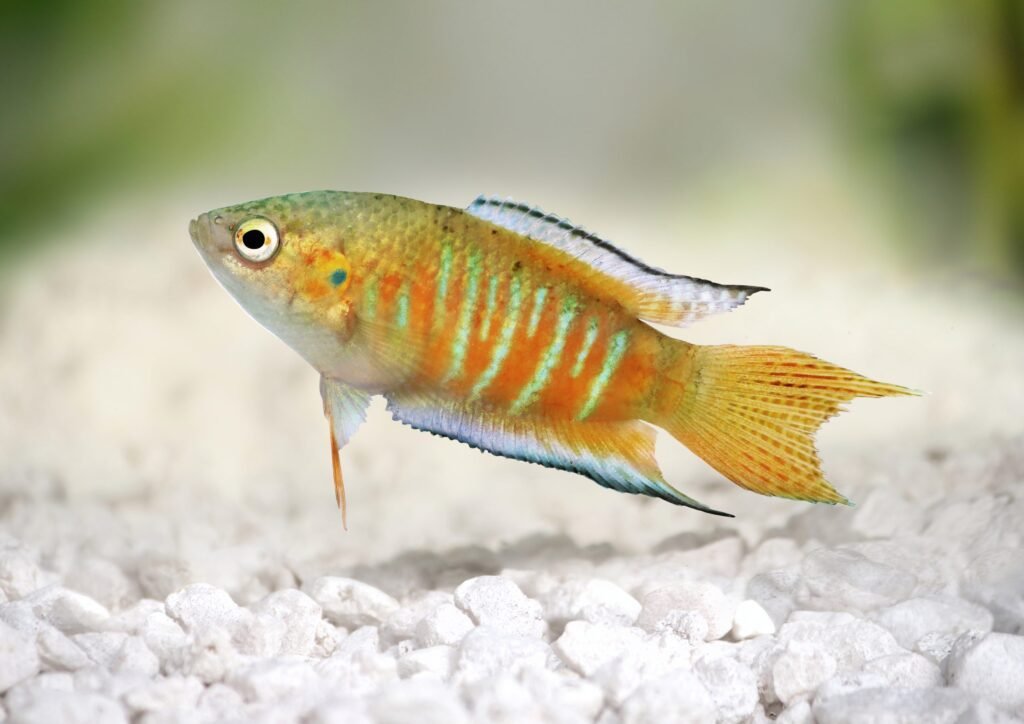
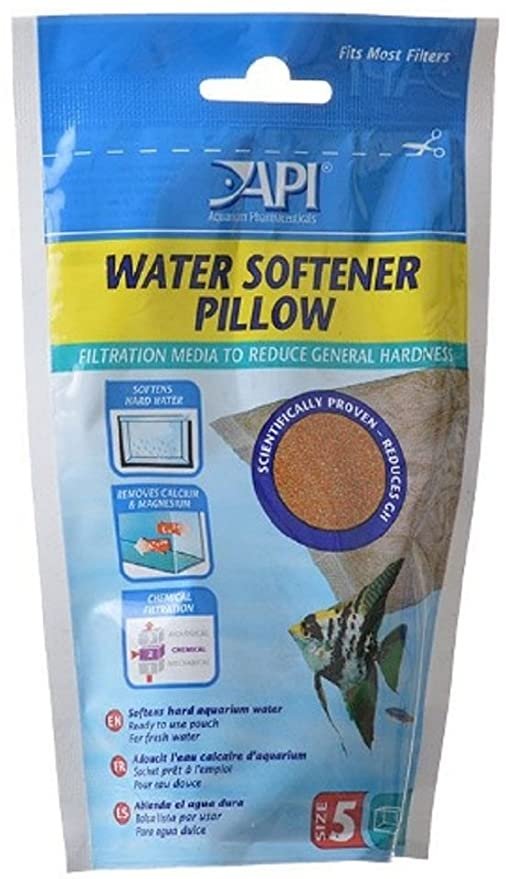

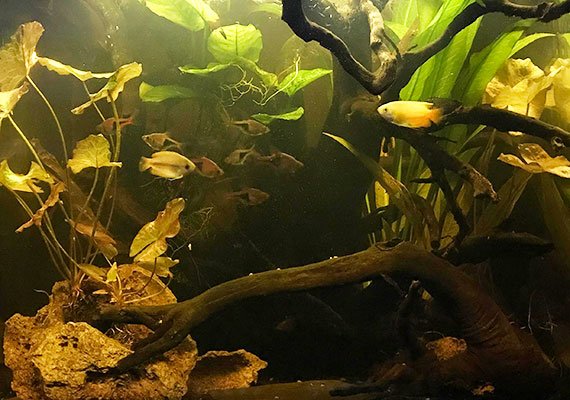

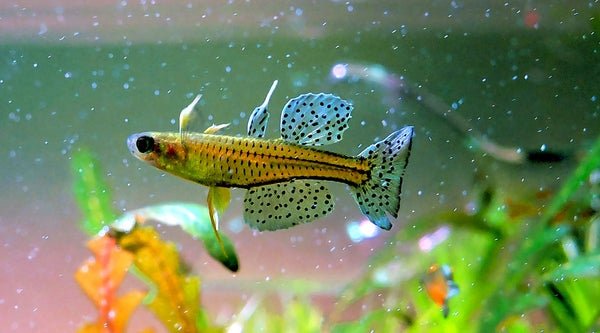

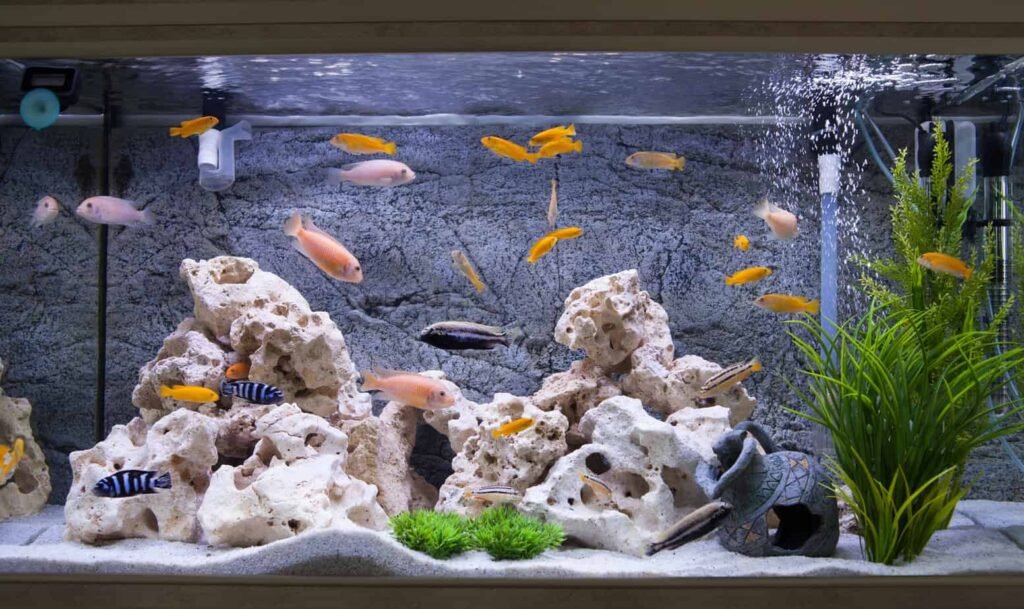







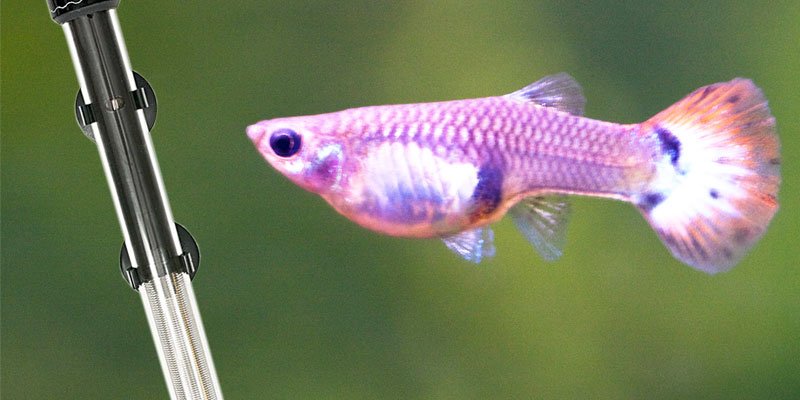
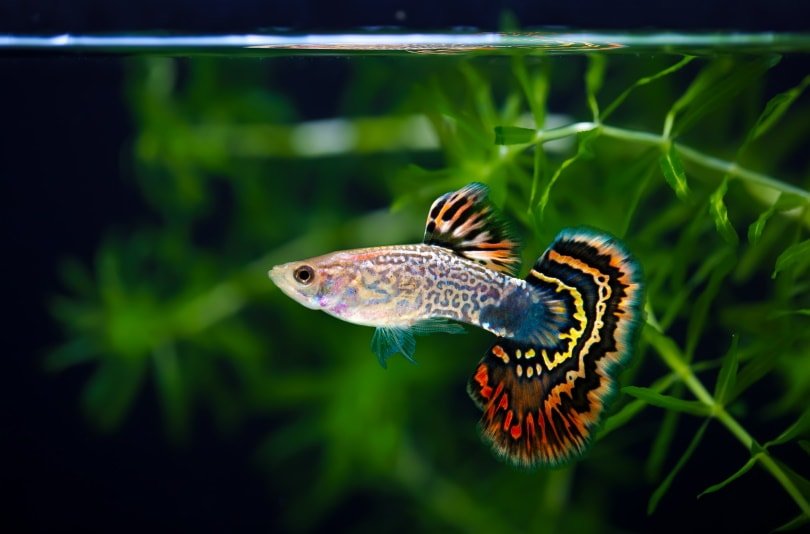
![[Methods & Guide] How to oxygenate a fish tank without a pump? oxygenate a fish tank without a pump](https://aquariumhunter.com/wp-content/uploads/2021/12/Depositphotos_98715664_ds-scaled-1.jpg)
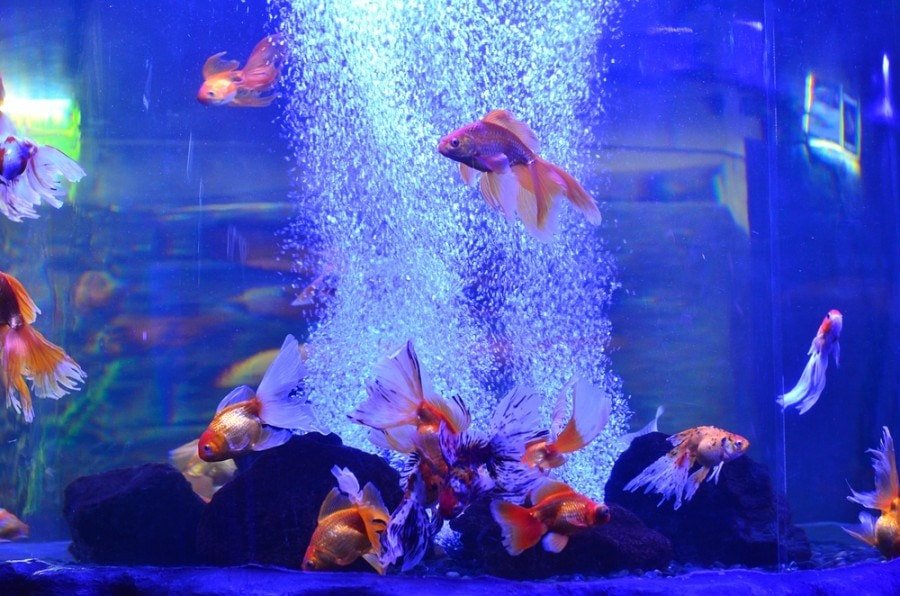
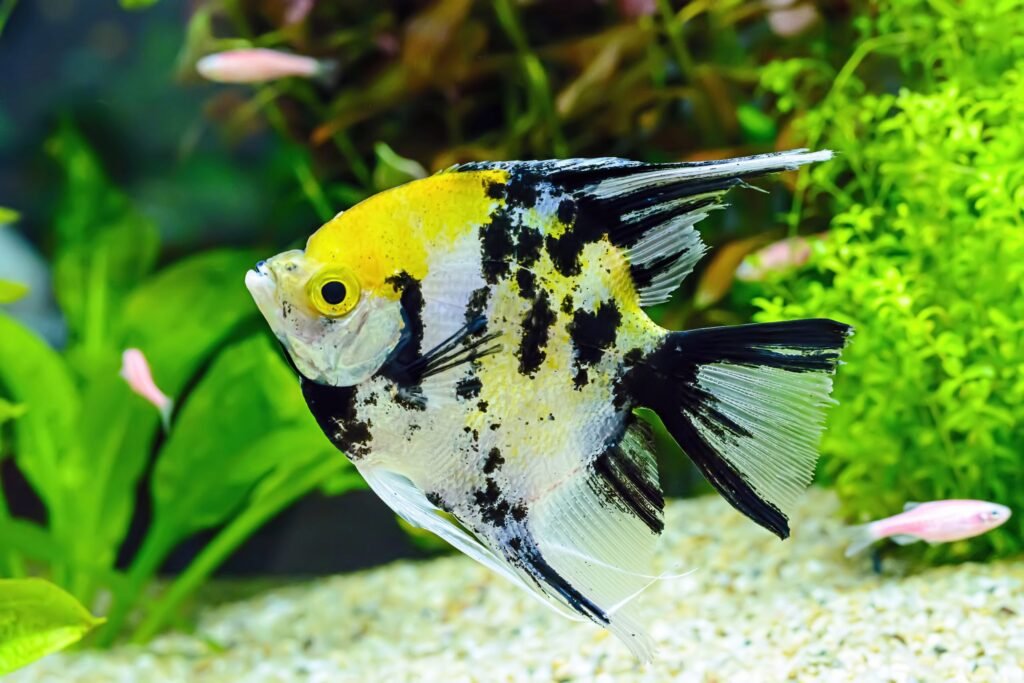

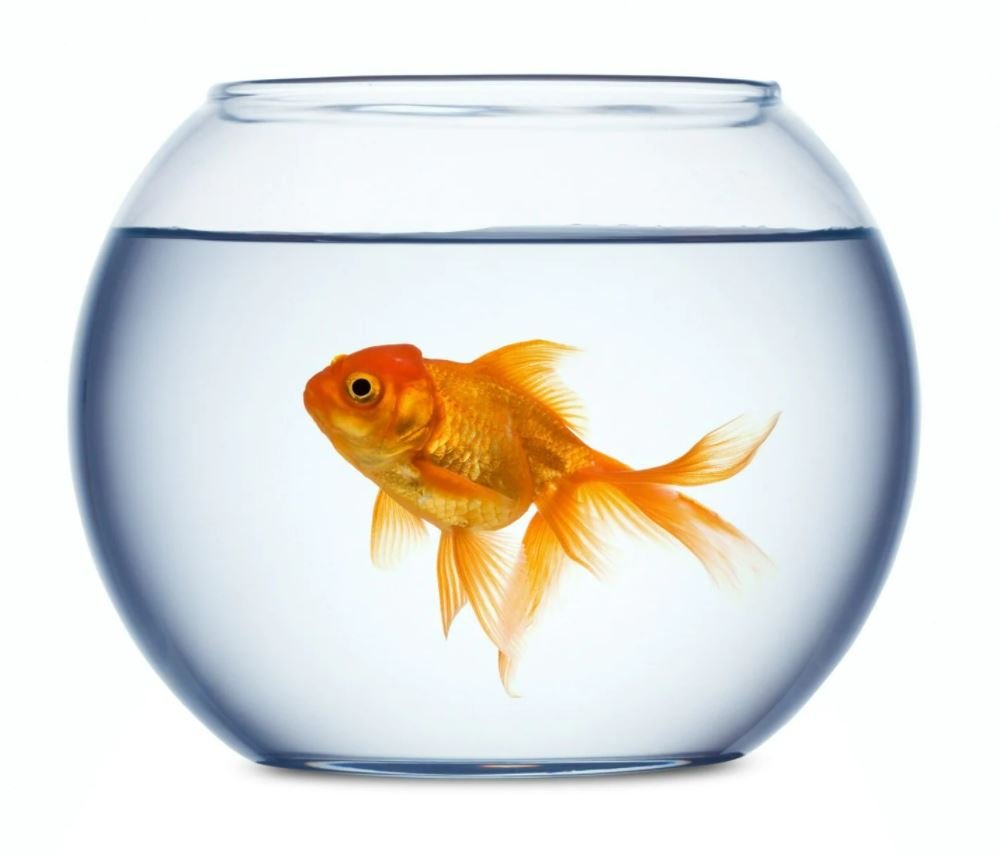





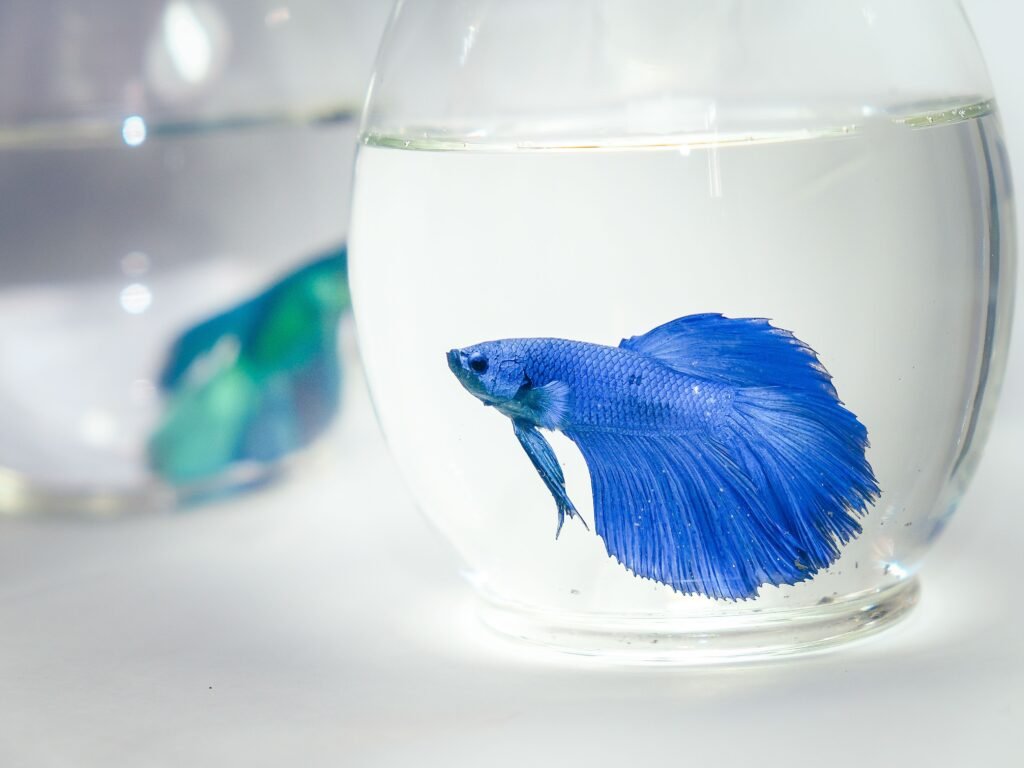


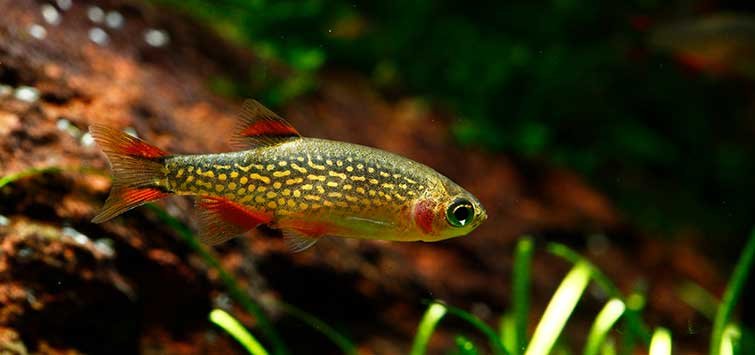
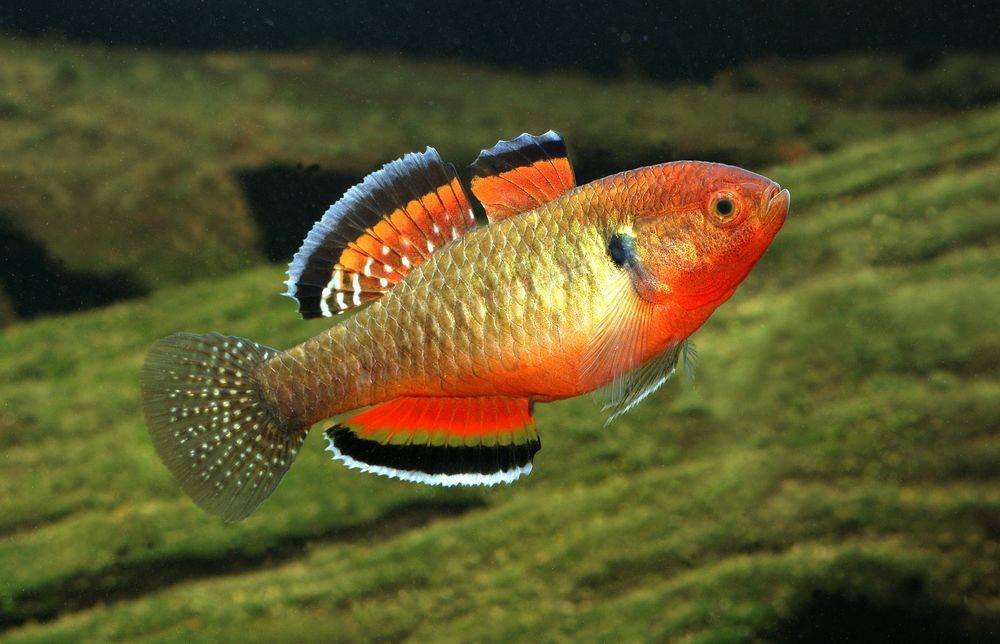
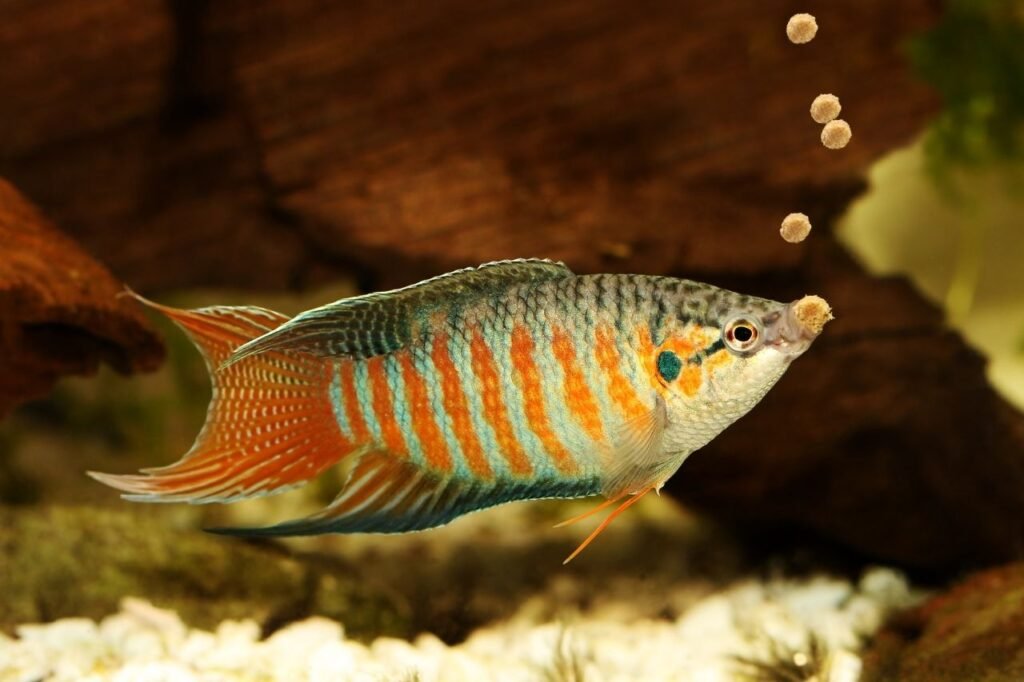



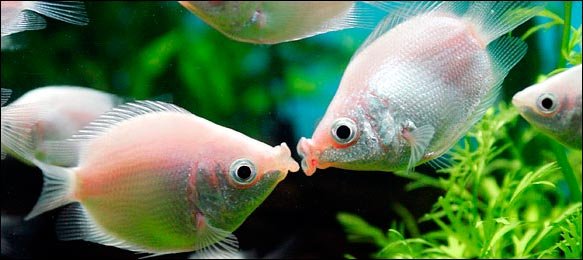
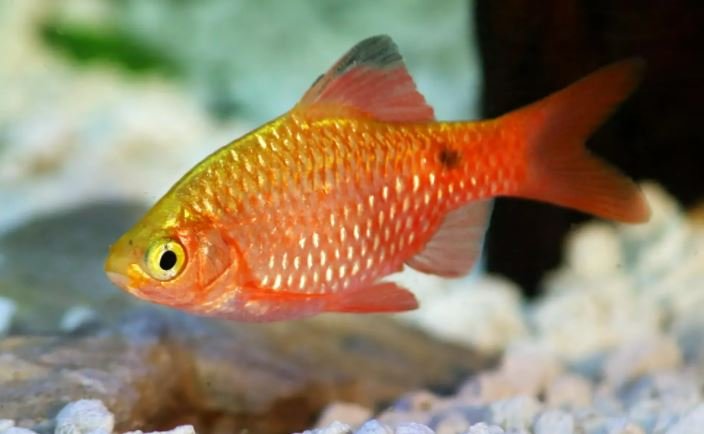
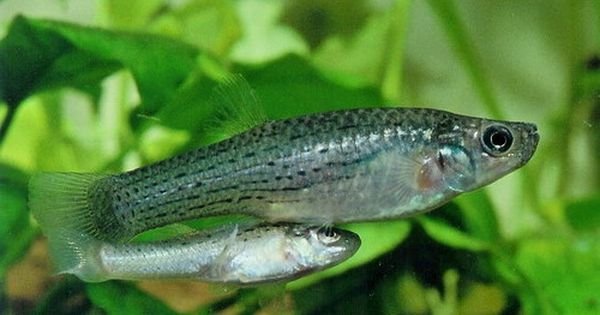


![How To Keep Betta Water Warm Without A Heater [Full Guide] How To Keep Betta Water Warm Without A Heater](https://aquariumhunter.com/wp-content/uploads/2021/11/betta-fish-Mr.Soonthorn-Thonglor-Shutterstock-4-e1626881660879.jpg)







